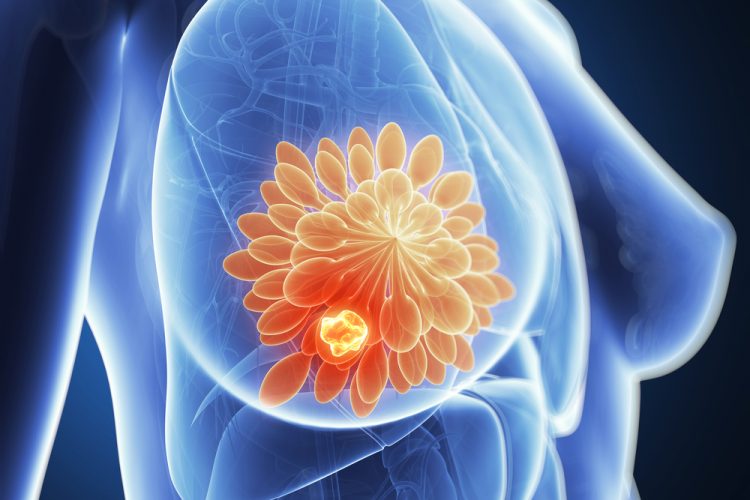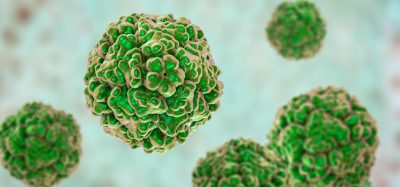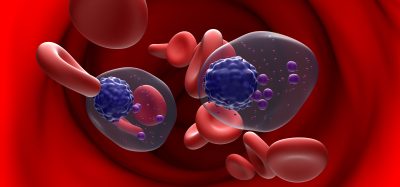Activating androgen signalling has potent anti-breast cancer effects
Posted: 19 January 2021 | Hannah Balfour (Drug Target Review) | No comments yet
Researchers show selectively activating androgen receptors could be an effective treatment for oestrogen receptor positive breast cancers.


Using cell-lines and patient-derived models, an international research collaboration has shown that activating androgen signalling is a more effective treatment for oestrogen receptor positive breast cancer, than androgen receptor inhibitors.
The international study, published in Nature Medicine, looked at the role of androgens as a potential treatment for oestrogen receptor-driven metastatic disease. Androgens are often thought of as male sex hormones but are also found at lower levels in women.
In normal breast development, oestrogen stimulates and androgen inhibits growth at puberty and throughout adult life. Abnormal oestrogen activity is responsible for the majority of breast cancers, but the role of androgen has so far been controversial.
Androgens were once used to treat breast cancer; however, at the time, knowledge of hormone receptors in breast tissue was rudimentary and the treatment’s efficacy misunderstood. Androgen therapy was discontinued due to virilising side effects and the advent of anti-estrogenic endocrine therapies. Virilisation is when women develop characteristics associated with male hormones, eg, excessive facial hair, deepened voice and male pattern baldness, among others.
While endocrine therapy is the current standard-of-care for oestrogen receptor positive breast cancer, resistance to these drugs are the major cause of breast cancer mortality.
But though the need for alternative treatment strategies may have sparked renewed interest in androgen therapies, studies have so far provided conflicting evidence about how best to therapeutically target the androgen receptor for treatment of breast cancer. This has been one of the major factors holding back clinical application, according to the study authors.
In their study, a global team, including researchers at the University of Adelaide and the Garvan Institute, both Australian, used cell-line and patient-derived models to demonstrate that androgen receptor activation had potent anti-tumour activity in all oestrogen receptor positive breast cancers, including those resistant to endocrine therapy. In contrast, androgen receptor inhibitors had no effect.
“This work has immediate implications for women with metastatic oestrogen receptor positive breast cancer, including those resistant to current forms of endocrine therapy,” said Associate Professor Theresa Hickey, Head of the Breast Cancer Group at the University of Adelaide.
Professor Wayne Tilley, Director of the Dame Roma Mitchell Cancer Research Laboratories at the University of Adelaide, added: “We provide compelling new experimental evidence that androgen receptor stimulating drugs can be more effective than existing (eg, Tamoxifen) or new (eg, Palbociclib) standard-of-care treatments and, in the case of the latter, can be combined to enhance growth inhibition.
“Moreover, currently available selective androgen receptor activating agents lack the undesirable side effects of natural androgens and can confer benefits in women including promotion of bone, muscle and mental health.”
Associate Professor Elgene Lim, a breast oncologist and Head of the Connie Johnson Breast Cancer Research Lab at the Garvan Institute, said: “The new insights from this study should clarify the widespread confusion over the role of the androgen receptor in oestrogen receptor driven breast cancer. Given the efficacy of this treatment strategy at multiple stages of disease in our study, we hope to translate these findings into clinical trials as a new class of endocrine therapy for breast cancer.”
Dr Stephen Birrell, a breast cancer specialist and pioneer in androgens and women’s health from the University of Adelaide, said these findings could have applications beyond the treatment of breast cancer, including in breast cancer prevention and the treatment of other disorders driven by oestrogen.
Related topics
Cell-based assays, Drug Development, Drug Targets, Hormones, In Vitro, Oncology, Therapeutics
Related conditions
Breast cancer
Related organisations
Adelaide University, Garvan Institute
Related people
Associate Professor Elgene Lim, Dr Stephen Birrell, Professor Wayne Tilley








